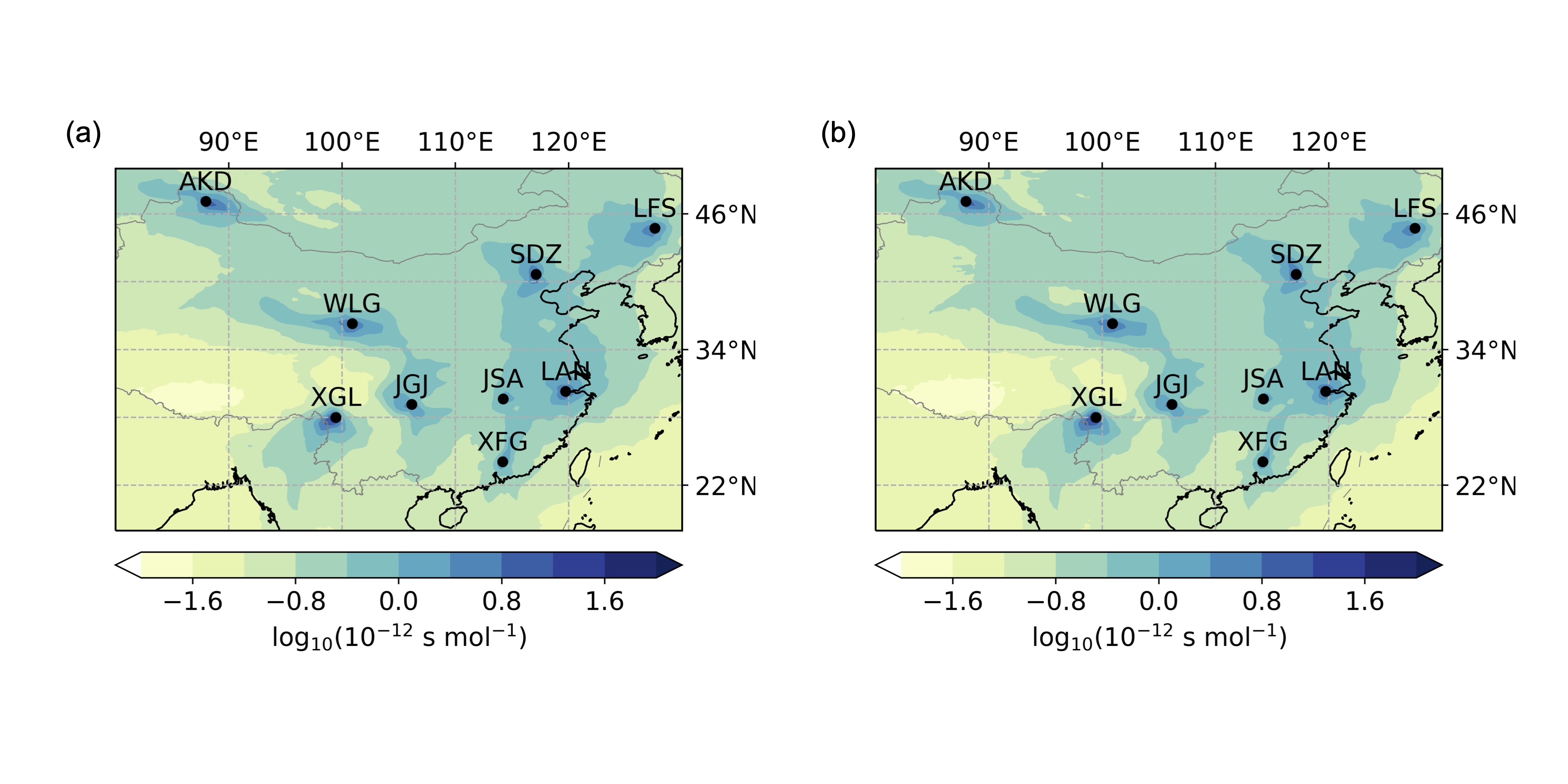Emissions of CF4 (PFC-14) and C2F6 (PFC-116) in China Inferred from a Chinese Atmospheric Observation Network
M. An1,2, R. Prinn1, L.M. Western2,3, B. Yao4,5, J. Hu6 and M. Rigby2
1Massachusetts Institute of Technology, Center for Global Change Science, Cambridge, MA 02139; 617-583-0020, E-mail: mindean@mit.edu
2University of Bristol, School of Chemistry, Bristol, United Kingdom
3NOAA Global Monitoring Laboratory (GML), Boulder, CO 80305
4Fudan University, Department of Atmospheric and Oceanic Sciences & Institute of Atmospheric Sciences, Shanghai, China
5Meteorological Observation Centre of China Meteorological Administration (MOC/CMA), Beijing, China
6Peking University, College of Environmental Sciences and Engineering, Beijing, China
The perfluorocarbons (PFCs) are potent non-CO2 Greenhouse Gases controlled by the Paris Agreement under the United Nations Framework Convention on Climate Change (UNFCCC). The PFCs tetrofluoromethane (CF4, PFC-14) and hexafluoroethane (C2F6, PFC-116) are the two most abundant PFCs in the atmosphere, with global warming potentials of 7,380 and 12,400 respectively over a 100-year time horizon (GWP100), and atmospheric lifetimes of 50,000 and 10,000 years, respectively.
An atmospheric observation network consisting of nine sites located across China has made atmospheric measurements of CF4 and C2F6 since 2012 and 2011 respectively. These observations provide good sensitivity to emissions in most of the important regions of China (Figure 1). Emissions of the two substances in China over the last decade (2011-2020) were derived from the observations and a top-down Bayesian inverse modelling approach. Emissions of both substances in China show a substantial increase since measurements in China began. Emissions inferred by measurements in China are larger than emissions inferred from atmospheric observations made outside China (e.g., Kim et al., 2021). The difference is likely due to substantial emissions from the western regions of China to which observations outside China (e.g., made at Gosan in South Korea) do not have sufficient sensitivity. Significant leakages of CF4 and C2F6 can occur during the large volume of aluminum and magnesium production in the western regions.
Figure 1. Locations of the measurement sites in the Chinese network. The color in the plot represents the sensitivity of all the observations to emissions in China, an average of the sensitivity in each year from all sites. Plot (a) is for CF4 over 2012-2020 and (b) is for C2F6 over 2011-2020.

